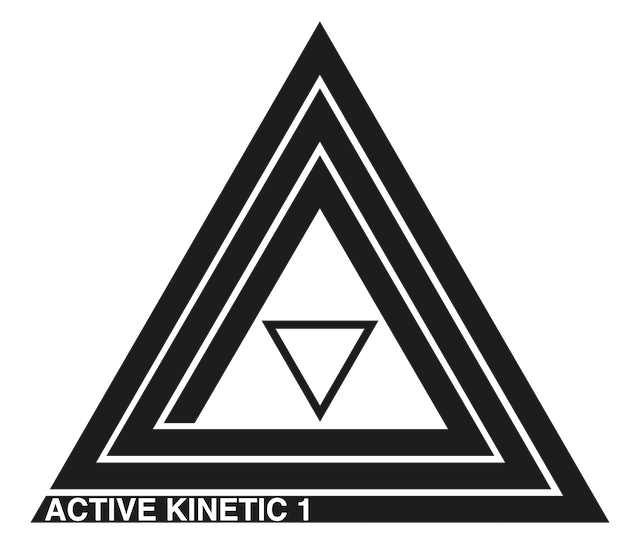pendulum momentum
Once in motion, pendulums maintain predictable oscillation, known as momentum. Pendulum motion provides conservation of energy and this is the cornerstone to Active Kinetic 1 technology.
Linear momentum
Elastic collision conserves kinetic energy and retains linear momentum. This is the core scalable element of Active Kinetic 1.
pendulum Vs Rotary
While rotary systems generally offer advantages in achieving near-frictionless motion and minimal resistance, there are situations where a pendulum system may be more useful:
- Simple Construction: Pendulum systems often have simpler constructions compared to rotary systems, which can be advantageous in certain applications where simplicity is prioritized. Pendulums typically consist of a mass suspended from a fixed point, requiring fewer components and less complex mechanisms.
- Energy Efficiency: In some cases, pendulum systems can be more energy-efficient than rotary systems. For example, pendulum clocks use the periodic swinging motion of a pendulum to regulate the movement of gears, requiring minimal energy input to maintain oscillation. This can be advantageous in applications where energy conservation is critical.
- Stability and Predictability: Pendulums exhibit predictable and stable behavior, making them suitable for applications where precise timing or control is necessary. Pendulum systems can be used as timing mechanisms in clocks, metronomes, and other devices requiring regular and consistent oscillations.
- Low Maintenance: Pendulum systems may require less maintenance compared to rotary systems, especially in environments with minimal exposure to external factors such as dust, dirt, and moisture. Pendulums with simple designs and fewer moving parts are generally less prone to mechanical failures and may have longer service intervals.
- Specific Applications: Pendulum systems have unique applications where their oscillatory motion is advantageous. For example, pendulum dampers are used in structural engineering to absorb and dissipate energy from seismic vibrations or wind-induced oscillations in buildings and bridges.
Overall, while pendulum systems may not offer the same level of efficiency or precision as rotary systems in many applications, they have distinct advantages in terms of simplicity, energy efficiency, stability, and suitability for specific tasks.

